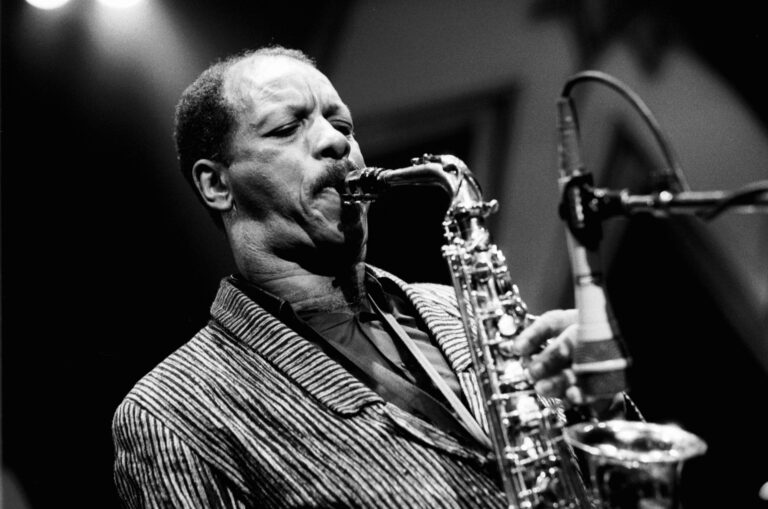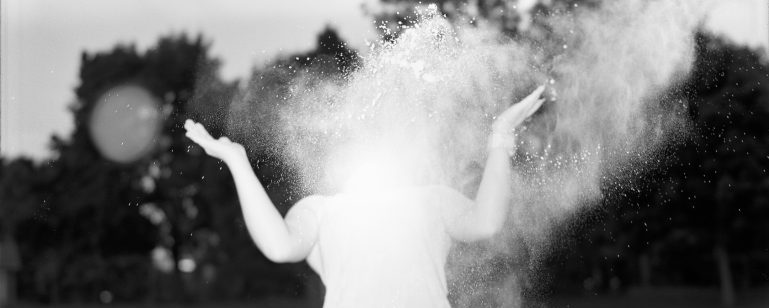The Best Short Story I Read in a Lit Mag This Week: “The Lips the Teeth the Tip of the Tongue” by Jessica Richardson
There is some form of self-expression in everything we do. Within the arts—writing fiction, for example—there is a spectrum to how overtly that self-expression is shown. Some authors prefer to make their authorial voice as invisible, or “objective” as possible, while others make quite clear through various means that without any doubt it is they, the author, who is writing. Most fiction writers, however, exist somewhere in between, and often feel a tension between the desire to express themselves and the desire create great art. Jessica Richardson, in her short story “The Lips the Teeth the Tip of the Tongue” (Indiana Review) explores this dynamic through her protagonist Baby Girl Bristol, an auctioneer.
From a young age, Baby Girl Bristol was incredibly gifted at the rapid-fire delivery required of auctioneers. Richardson informs us that, “Her tongue trilled and twirled numbers like sparkler batons at a mere eight years old.” Quickly, her path in life was set. “Parents were alerted, scholarships secured, and she was shipped off to a school,” and soon she was traveling the world selling goods.
But from the very beginning, coinciding with her burgeoning success was a growing sense of isolation.
When she was a wee lass of six now seven, she had six, does she hear seven, her parents were beginning talks about a looming divorce…She needed a safe place to talk about her feelings, but her parents were firm faced farmers…Instead of burdening her peers who seemed quite content to chew on erasers and stick yarn in their braces, or her teachers with their perfectly hair sprayed bouffants feeding Scantrons into grading machines, she took to integrating her unexpressed thoughts into her chants.
Notice how Richardson’s prose mimics the breathless delivery of an auctioneer; it is in this breathlessness also that Baby Girl Bristol finds a place for self-expression. All auctioneers use filler words to keep from having any dead air, but instead of filling the gaps with mundane phrases, Baby Girl Bristol—in a brilliant conceit by the author—solves her intimacy problems by filling the dead air with personal details and skewering observations of the audience.
Over the years she’d gotten away with this by contractually demanding that she never be recorded. None of the auctioneer fanatics had tapes to slow down and examine. But this is a put to the test when she’s invited to host an huge auction by typically-mundane Sotheby’s, who wants to put on an ironic “country” even for all the New York hipsters. It is to be broadcast live, around the world—and despite herself, she agrees to it.
Never, ever, had Janie agreed to a recording. Never. Ever. She did not know why that passive utterance of agreement passed the captious grip of her teeth.
There’s a mystery here, one that’s at the heart of the narrative. It’s shown in the section through the lack of an explanation as to why she gives in to being recorded, but also by Richardson beginning to refer to the protagonist more and more not just as Baby Girl Bristol—the name given through the beginning of the story—but also as Janie. This is a story of identity, the struggle between the personal and the public, the person and the persona.
So the recorded auction becomes a test for Baby Girl/Janie. Will she do it? Will she show up as Baby Girl or as Janie, or will she combine both, giving not just an expert auction but also sharing her heart? She chose the latter.
We know the tapes were, in fact, slowed, and that every wrinkle on the curves of her stood stood buck naked and waving in the rainclouds. And not just her soul, but her judgments, because if you think she didn’t make some fun of those hipsters, well, come on. And not just her judgments but her fears, the worst thing, right, I mean the worst thing to become a spinning mannequin in a storefront window. In the curmudgeonly art world, no less. But this is the thing: people ate it up.
This concludes the plot: Baby Girl/Janie has met and overcome her fear, and the crowd loves it. But Richardson, in ending the character arc, goes for a move equally dramatic, and telling. Now that the protagonist has a worldwide audience, accepting both her gifts and her art, we’re left to wonder what she’ll do next. Take her fame on a worldwide tour? Start a reality television show? No. She “…hugged herself and became her secret.”
Janie disappears, and perhaps we’re surprised at that. Why leave that now? But then we’re reminded that Janie was among those who are young and gifted in singular ways—and as such, might never have had a choice to be anything other than what her extraordinary gifting provided. She’s been Baby Girl since she was a baby girl. Now she’s finally free to be Janie.


